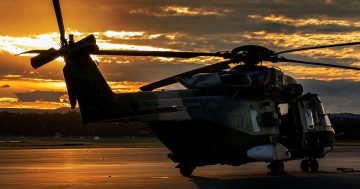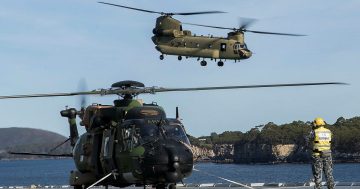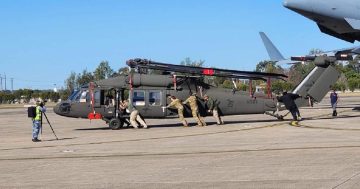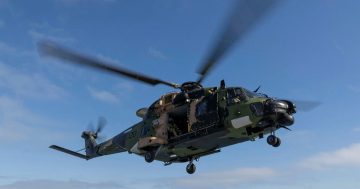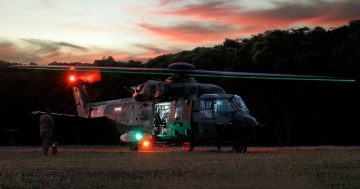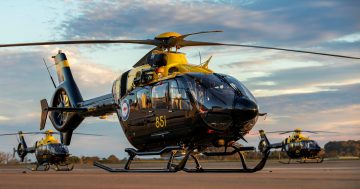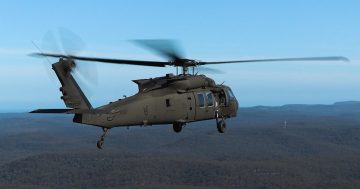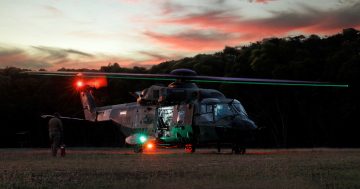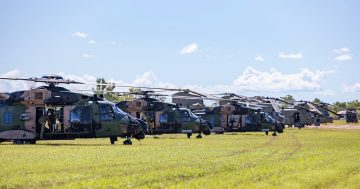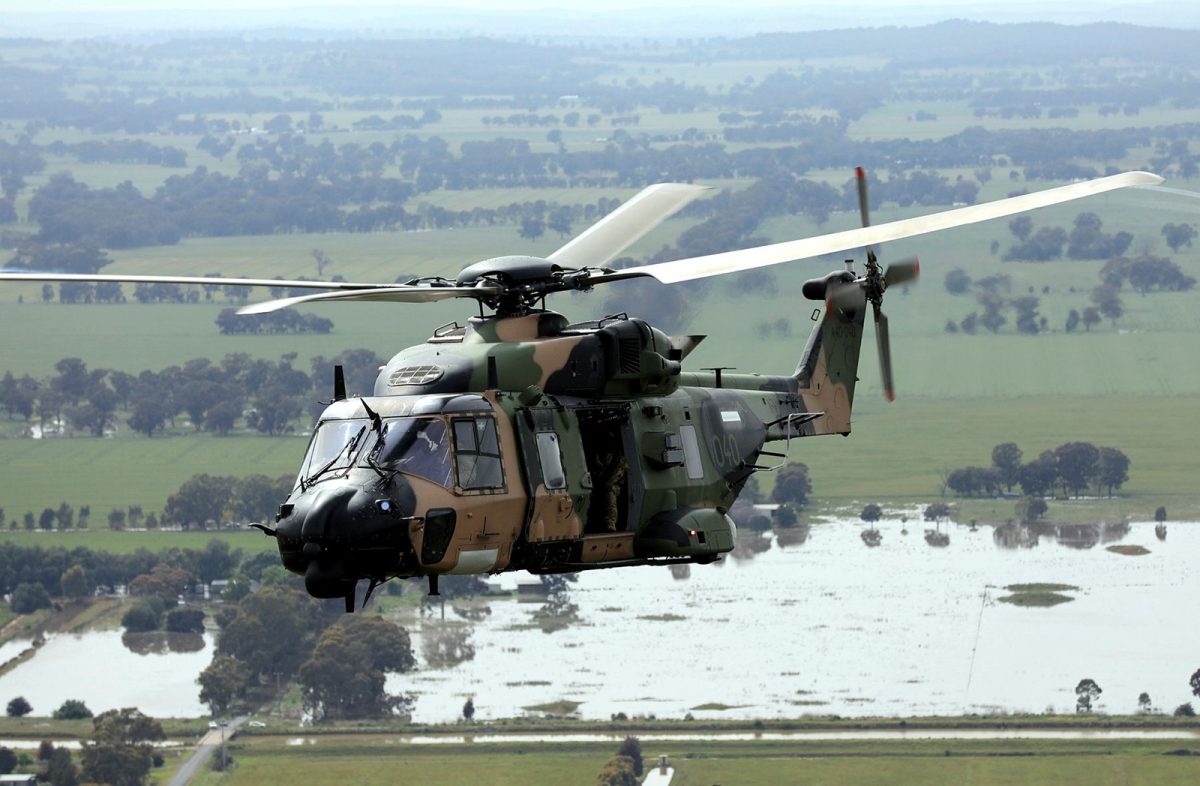
In 2017, the MRH 90 was coming good after years of technical and availability issues. Photos: ADF.
In late 2017, I spent a few days visiting the Australian Army’s 5th Aviation Regiment A and B Squadrons, which operated the MRH 90 Taipan helicopter in Townsville.
MRH 90 availability had been an ongoing issue for the ADF since the helicopter entered service in 2007. Despite the MRH 90’s selection, which was partly politically motivated due to Airbus (then Eurocopter) promising to build and sustain the helicopters in Australia, it has been widely reported that the decision was made against the army’s advice, which had recommended new Black Hawks instead, and that there remained a ”Black Hawk mafia” quietly working away within the army to undermine the Taipan throughout its brief service life.
The Taipan wasn’t without fault, but many of its issues were reportedly attributable to difficulties in maintaining configuration management through the more than 40 different sub-variants of the baseline NH 90 helicopter, which is built on six final assembly lines and is in service in Europe and the Middle East.
There were also technical issues with the aircraft’s composite cabin floor, cargo hook, rear ramp, door gun placement and access, and the rappelling hook, and problems with the rotor head in crosswinds aboard the navy’s LHDs.
Delays with deliveries to other customers meant the Australian Army was in effect the global fleet leader for the aircraft, meaning there was little or no global knowledge on how to fix or address many of the aircraft’s technical issues.
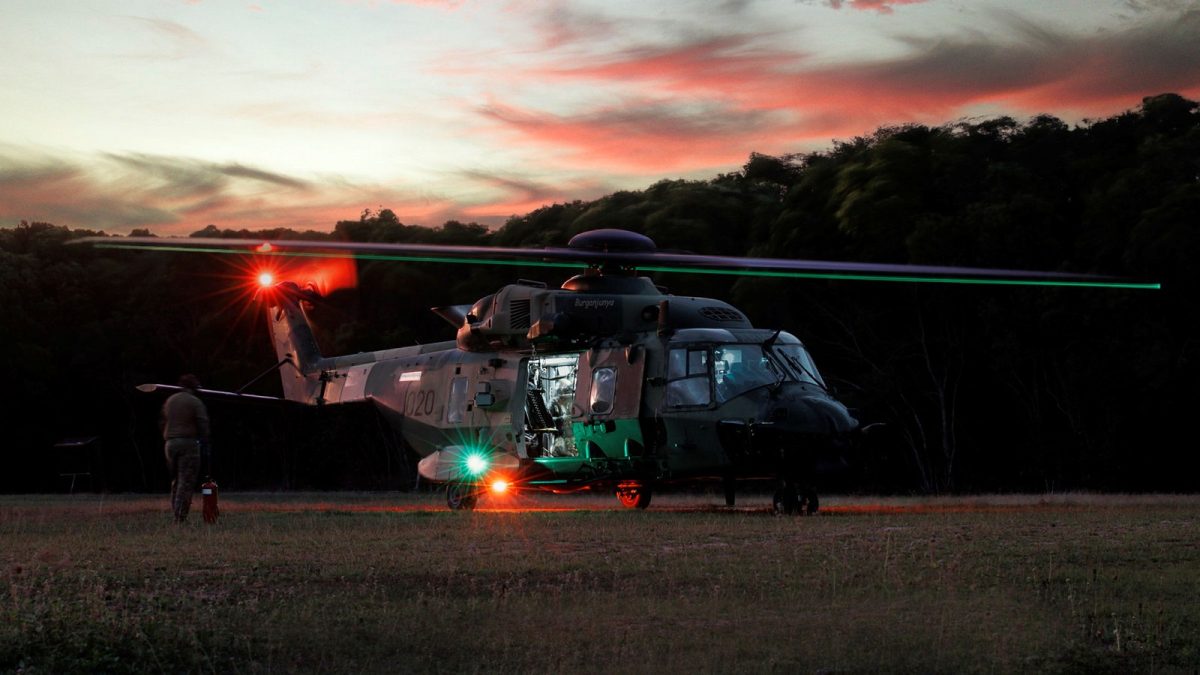
The MRH 90 was reportedly expensive to operate compared with other types.
It was also expensive to operate compared with other helicopter types, although such comparisons were not always ”apples with apples”.
The final grounding of the fleet in 2023 followed at least two others that were attributed to a tail rotor delamination in July 2019, and in 2021 certification problems with spare parts because of the inability to integrate Airbus’s and the army’s IT systems.
The delamination reportedly occurred after the army’s delays in conducting a mandated replacement of the component on some of the fleet, and that event was exacerbated because that particular helicopter was en route to transport the Chief of Defence Force from Brisbane out to a navy LHD when it occurred.
At the time of my visit to Townsville, the MRH 90s operated by those units were starting to “come good” after a restructure of the regiment and an injection of additional resources into the sustainment system by Airbus.
The restructure created a more positive culture across the regiment and improved the relationship with Airbus.
During the visit, I interviewed the regiment’s then-commanding officer Lieutenant Colonel Kim Gilfillan and the commanders of the flying squadrons, and all were positive not only about the capability the MRH 90 offered, but about the direction in which aircraft availability and reliability were heading.
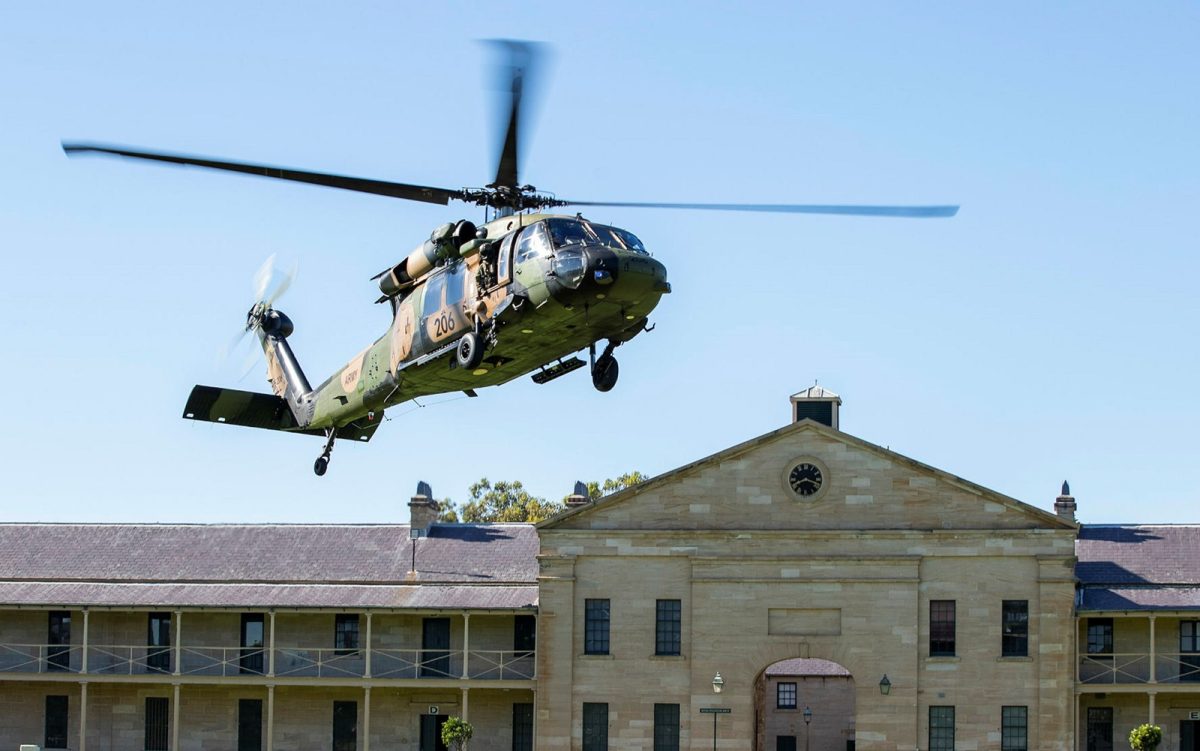
The decision to retire the MRH 90 early in favour of new UH-60M Black Hawks was announced on the day the army’s old S-70A Black Hawks were retired in December 2021.
“It’s not just the regiment, Airbus is really pitching in too,” Lt Col Gilfillan told me. “They’re not quite where they need to be yet, but they’re travelling in the right direction and they’ve provided some positive improvements to our supply chain, which is making a big difference.”
So, what went wrong?
Despite the army suffering two Taipan crashes in 2023 – one of them tragically with the loss of four lives – unverified reports indicate neither has been ultimately attributed to an aircraft fault.
The ditching in Jervis Bay reportedly occurred because the pilot flying the twin-engine helicopter shut down the wrong engine after the other engine failed, while it has been reported that the aircraft involved in the fatal accident was functional when it hit the water and broke up at high speed.
It was the right decision to ground the fleet after the fatal crash in lieu of preliminary investigations that may well have cleared the Taipan of any mechanical faults within weeks.
While a decision had already been taken in late 2021 to retire the MRH 90 a decade early and replace it with new Black Hawks from 2024, that last grounding further hastened its demise.
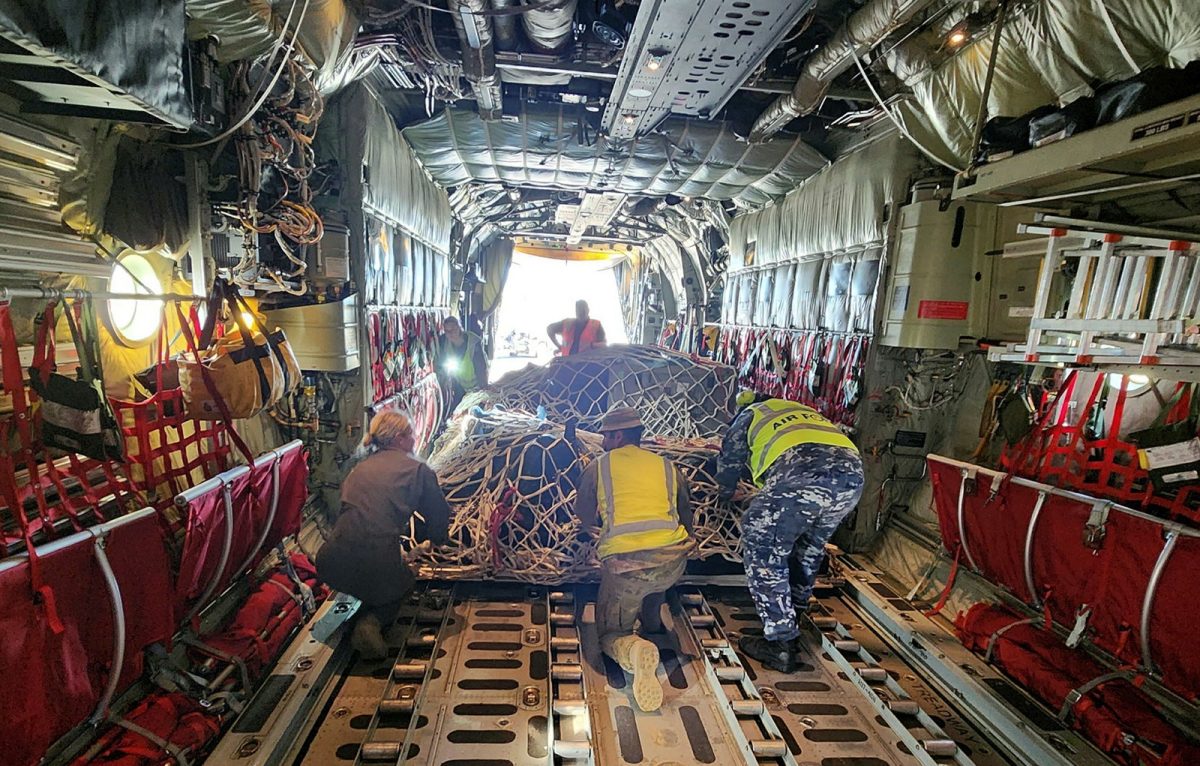
The wreckage of the crashed Taipan being loaded into an RAAF C-130 to be taken back to Canberra for investigators to study.
By October, a decision to withdraw the fleet from service had been made. But rather than store the aircraft and continue to conduct calendar-based maintenance on them for possible future use in an emergency or so they could be sold or donated to Ukraine, the withdrawal was followed almost immediately by an extraordinary decision to start stripping the airframes of any components of value. This has made it virtually impossible to ever return them to flight.
Whether this coup de grace was administered by the army’s Black Hawk mafia in a bid to rid itself of the Taipan, or by those politicians who had initially labelled the aircraft unsafe after the fatal accident trying to save face after preliminary investigations reportedly showed the aircraft was not to blame – or a combination both – is unclear.
Certainly, if the aircraft had been sold or donated to another operator who operated them successfully, the Australian taxpayer would be justified in questioning why they were retired early and $4 billion was spent on new Black Hawks.
Regardless, it’s a sorry tale.
Original Article published by Andrew McLaughlin on Riotact.



